So, if you want to really nail a character’s archetype, you’ve got to dig beneath the surface — look at their core traits, their flaws, and how they actually behave. It’s like peeling an onion, layer by layer. When you do that, you can spot their main and secondary temperaments with real precision.
Each temperament comes with its own vibe — strengths, weaknesses, typical behaviours — and when you mix two of them, boom, the archetype starts to reveal itself like a secret pattern. Let's explore their patterns.
Decode the Pattern.
⚔️ Blade Temperament
- Qualities / ⚔️ Blades are driven, focused, and dangerously efficient. They don’t solve problems—they cut through them. Life’s a challenge, and they meet it with logic, discipline, and relentless ambition. But they’re not just cold steel. Many have a savior complex, feeling it’s their job to fix everything—wanted or not. Their humor? Dry, razor-sharp, and built to deflect emotion. Irreverence isn’t a quirk—it’s their native tongue. Beneath the control, they’re multi-talented, virtuosos, even—masters of strategy, music, politics, even spatial awareness. Drop a Blade into chaos, and they’ll chart the map before anyone else blinks.
- Flaws / Here’s the kicker: ⚔️ Blades can be detached, overly demanding, and emotionally distant. Their laser focus on objectives often makes them oblivious to the emotional currents of empathy. They might bulldoze through others' feelings to get what they need. When their focus tips over into obsession, Blades can come across as rigid or ruthless, sacrificing connections in the name of victory.
- Actions / A ⚔️ Blade’s actions are all about precision and control. They lead, judge, and perfect. They’ll tackle challenges head-on, often choosing to fight rather than negotiate, and they rarely back down. Blades are the ones you’ll see prioritizing tasks with surgical efficiency—every move calculated, every step planned.

❤️ Heart Temperament
- Qualities / ❤️ Heart characters are the soul of any group—warm, intuitive, and emotionally attuned. They thrive on connection and make others feel truly seen. But there’s more than softness here. Hearts have a rich imagination, a taste for fantasy, and a gift for language—they speak in nuance, feel in layers, and think in webs. Their empathy isn’t passive; relationships are their fuel, and they excel at building connections that last. A Heart will make you feel seen, heard, and understood.
- Flaws / The downside? ❤️ Hearts can be overly sentimental, indecisive, and a bit gullible. They have a tendency to let their emotions steer the ship, which can lead to poor judgment calls. They might sacrifice their own needs or get wrapped up in other people’s dramas, leaving them scattered or overly reliant on others’ validation. And they can get into backstabbing to get revenge.
- Actions / A ❤️ Heart is always in motion—emotionally, mentally, and relationally. They heal, comfort, and inspire, often becoming the glue that holds a group together. But their web-thinking—the ability to see every angle, every ripple—can become a trap. Faced with decisions, they see too much, feel too deeply, and often stall, caught in the tangle of what-ifs. And they can also ruminate endlessly over a single conflict, letting it gnaw at them in ways that keep them from moving forward.

🏡 House Temperament
- Qualities / 🏡 House characters are dependable, grounded, and loyal. They bring structure and stability to their world, making them the backbone in any situation. Tradition, routine, and a deep sense of responsibility are what they hold dear. A House is the friend you call when you need a rock-solid presence in a storm.
- Flaws / 🏡 House characters can be so orderly, it borders on manic. They crave stability and control, but that can harden into stubbornness and an almost holy devotion to routine. Their loyalty can slip into blind allegiance, their sense of right into rigid moralizing. Challenge their structure, and you’ll meet resistance—not out of spite, but because change threatens the system they’ve built their identity on. Even when it stops working, they’ll cling to it like a lifeline.
- Actions / 🏡 House characters build, protect, and preserve. They create structure out of chaos, plan like clockwork, and leave nothing to chance. Traditions and rituals aren’t just habits—they’re anchors, ways to make sense of the world and pass on meaning. They craft safe spaces, repeat what works, and cling to it fiercely. But that devotion to order can clash with more spontaneous types, especially when change knocks on the door. A House won’t budge without a reason—and sometimes, not even then.

☀️ Sun Temperament
- Qualities / ☀️ Suns are curious, adventurous, and spontaneous. They’re the life of the party, always seeking novelty and excitement. Sun characters thrive on freedom and hate being tied down, making them ideal for roles that demand innovation and a little rule-breaking.
- Flaws / ☀️ Suns burn bright—but not always steady. Their spark brings life, but also unpredictability. They can be reckless, easily bored, and at times, opportunistic—chasing the next thrill or advantage without thinking through the fallout. Their charm may mask a lack of sincerity, and their tendency to bounce from one thing to the next can leave others feeling abandoned. Commitment is optional; excitement is essential.
- Actions / ☀️ Suns act on impulse. They explore, change, manipulate, and perform, often leaping without looking. They’re the ones who turn a quiet night into an adventure, pushing boundaries and breaking rules just to see what happens. When a Sun moves, it’s with an energy that can be as disruptive as it is infectious. They are as fun as chaotic.
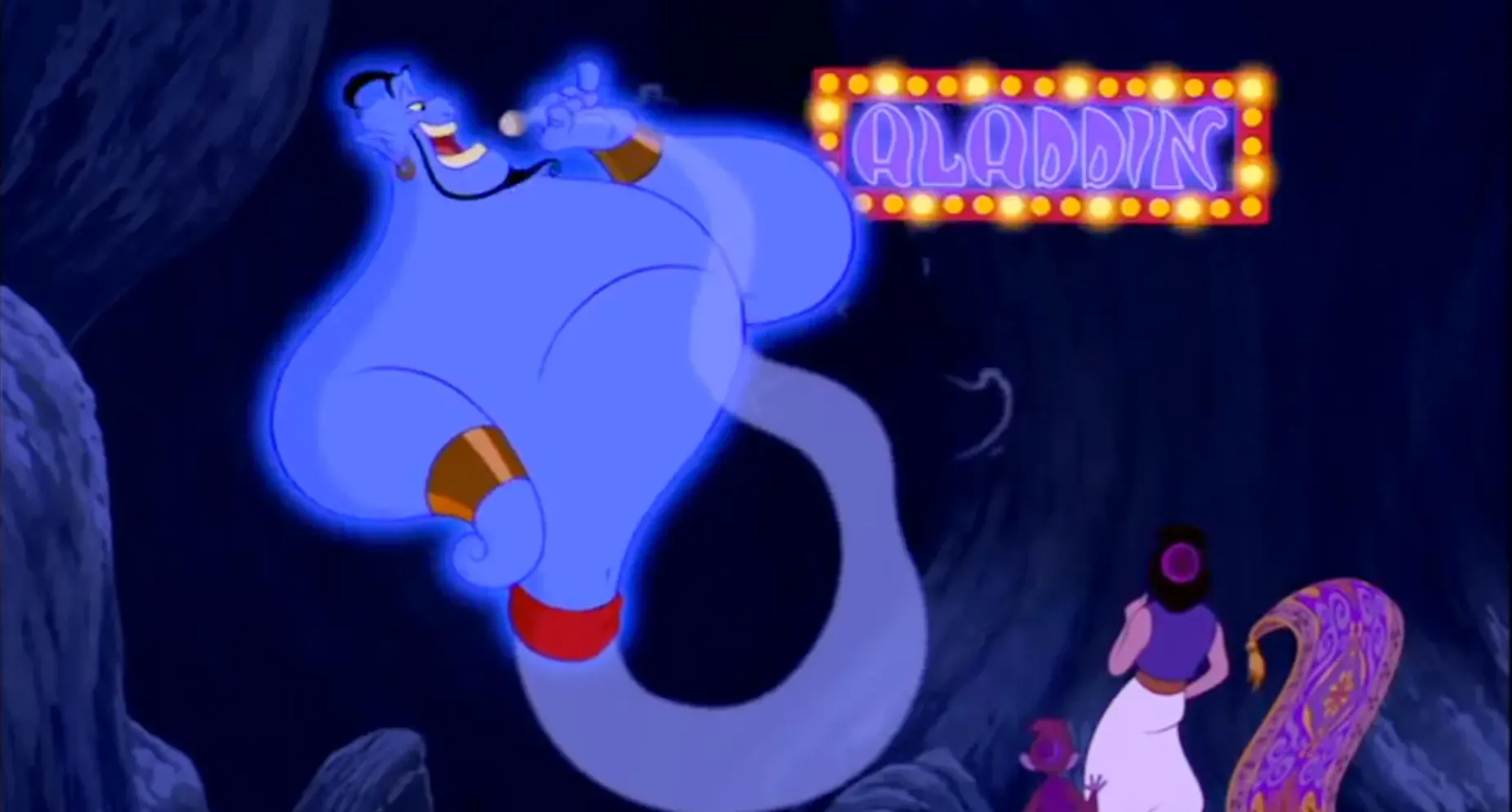
Find the Archetype.
Step 1: Identify the Primary Temperament
Start by figuring out which temperament stands out the most in the character’s main qualities, flaws, and actions. Look at what they do instinctively, how they handle challenges, and what traits come through when they’re under pressure. The primary temperament will be the one that defines their immediate reactions and core traits.
- Example: Take Batman. His main qualities are his aloofness, his obsessive need for control and perfectionism (the classic “savior problem”), and his rational approach to everything. He’s competitive and likes to win. Add it all up—boom, he’s first and foremost a ⚔️ Blade through and through. Rational, driven, and cut off from his own emotions to get the job done.
- Primary Temperament: ⚔️ Blade

Step 2: Note the Subtle Qualities That Don’t Fit the Primary Temperament
After nailing down the primary temperament, look at the less obvious traits that don’t quite align with it. These are usually the qualities that add depth and complexity to the character. They might be expressed in how they approach relationships, how they spend downtime, or their values outside their primary motivation.
- Example: With Batman, there are traits that don’t quite fit the Blade mold. For one, he has deeply traditional tastes— loyal to Alfred, loyal to his family legacy, even grounded in a certain sense of responsibility toward society. He doesn’t just patrol Gotham as Batman; he also works as Bruce Wayne to improve the city, donating to vulnerable populations and participating in politics and social events. These traits point to 🏡 House as his secondary temperament. He’s not just a lone warrior; he’s also a pillar of his community, invested in its stability and future.
- Secondary Temperament: 🏡 House

Step 3: Combine Primary and Secondary Temperaments to Find the Archetype
Now, blend the two temperaments together to reveal the character’s archetype. The primary temperament sets the tone, while the secondary adds layers that make the character more nuanced. Refer to the Tempified archetype combinations to pinpoint where the blend of these two temperaments lands them.
- Example: Batman’s primary ⚔️ Blade and secondary 🏡 House temperaments make him a classic Stoic Mind. He’s rational, disciplined, and fiercely committed to control and order. His ⚔️ Blade side gives him a relentless drive—and when pushed, a capacity for violence without mercy. But his 🏡 House temperament reins him in, anchoring him to a personal code and loyalty to Gotham. He doesn’t just fight crime—he imposes structure on chaos.
Archetype ⚔️ + 🏡: Cold, calculated, and unshakably focused, Batman embodies the ⚔️🏡 Stoic Mind, the protector who won’t bend and won’t stop.
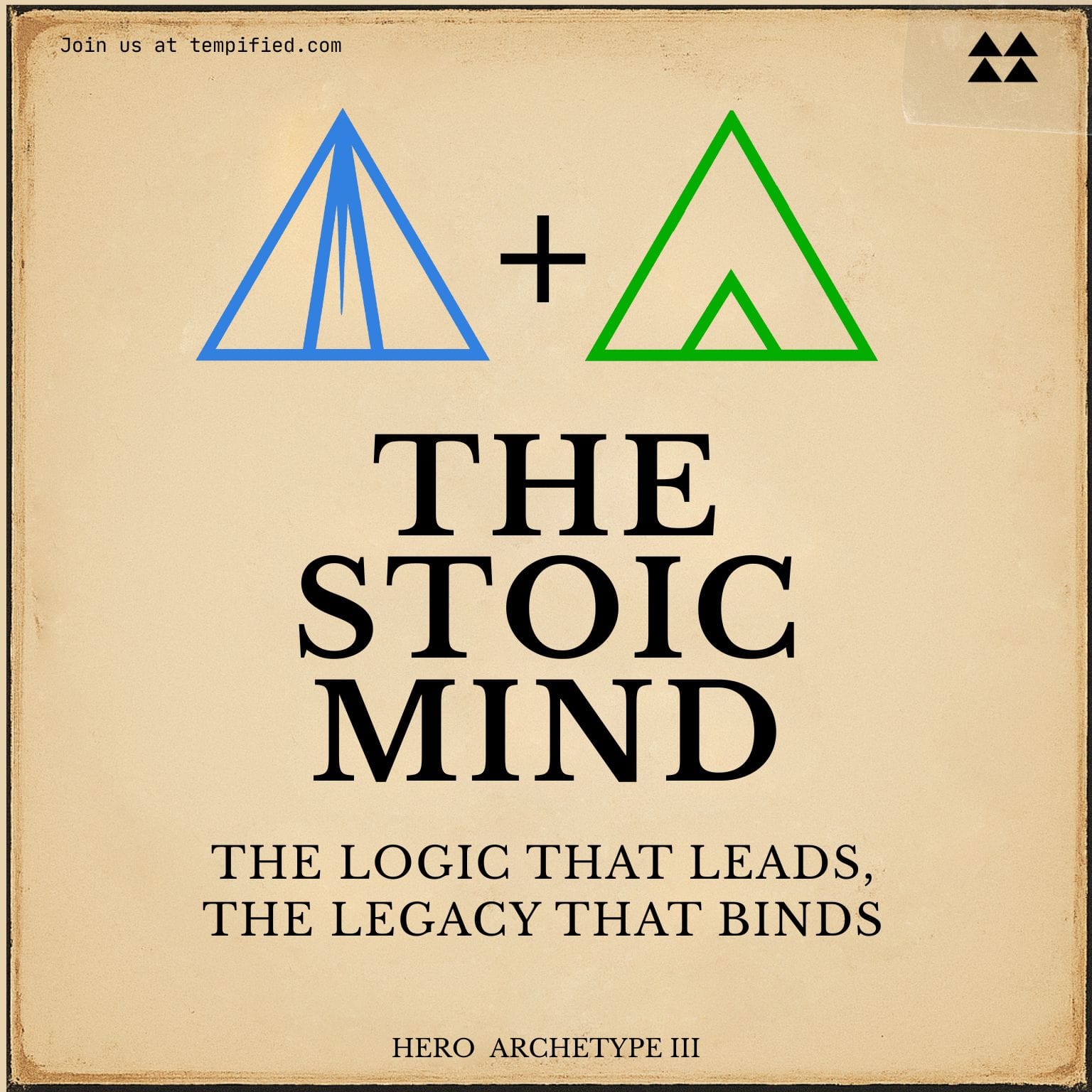
Again.
Luna Lovegood?
Step 1: Identify the Primary Temperament
Luna is whimsical, curious, and marches to the beat of her own drum. She embraces freedom and novelty, often challenging conventional thinking with a dreamy, open-hearted approach. People often see her as eccentric—classic ☀️ Sun traits. No doubt about it.
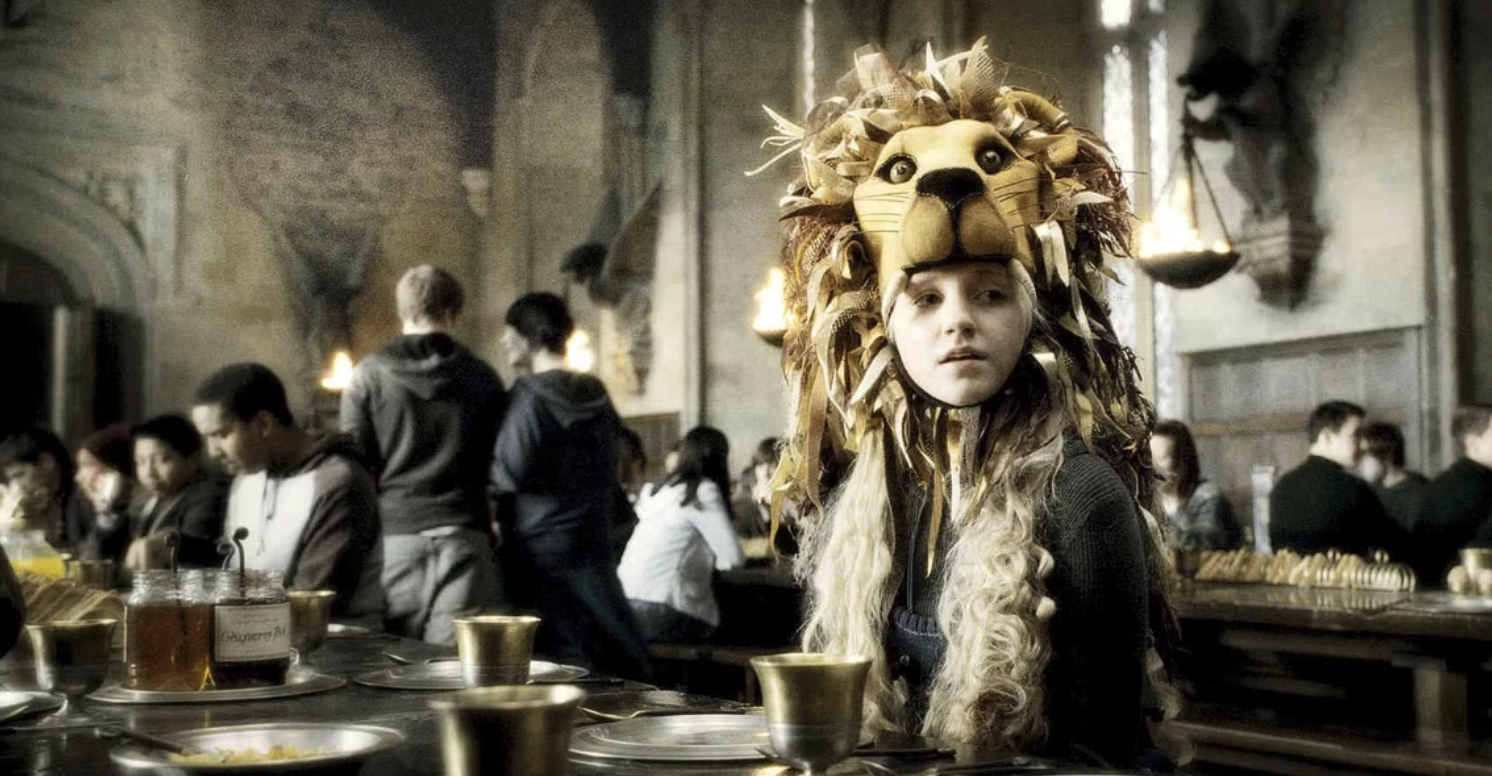
Step 2: Note the Subtle Qualities That Don’t Fit the Primary Temperament
She also shows a deep empathy and kindness toward others, suggesting a secondary ❤️ Heart temperament.
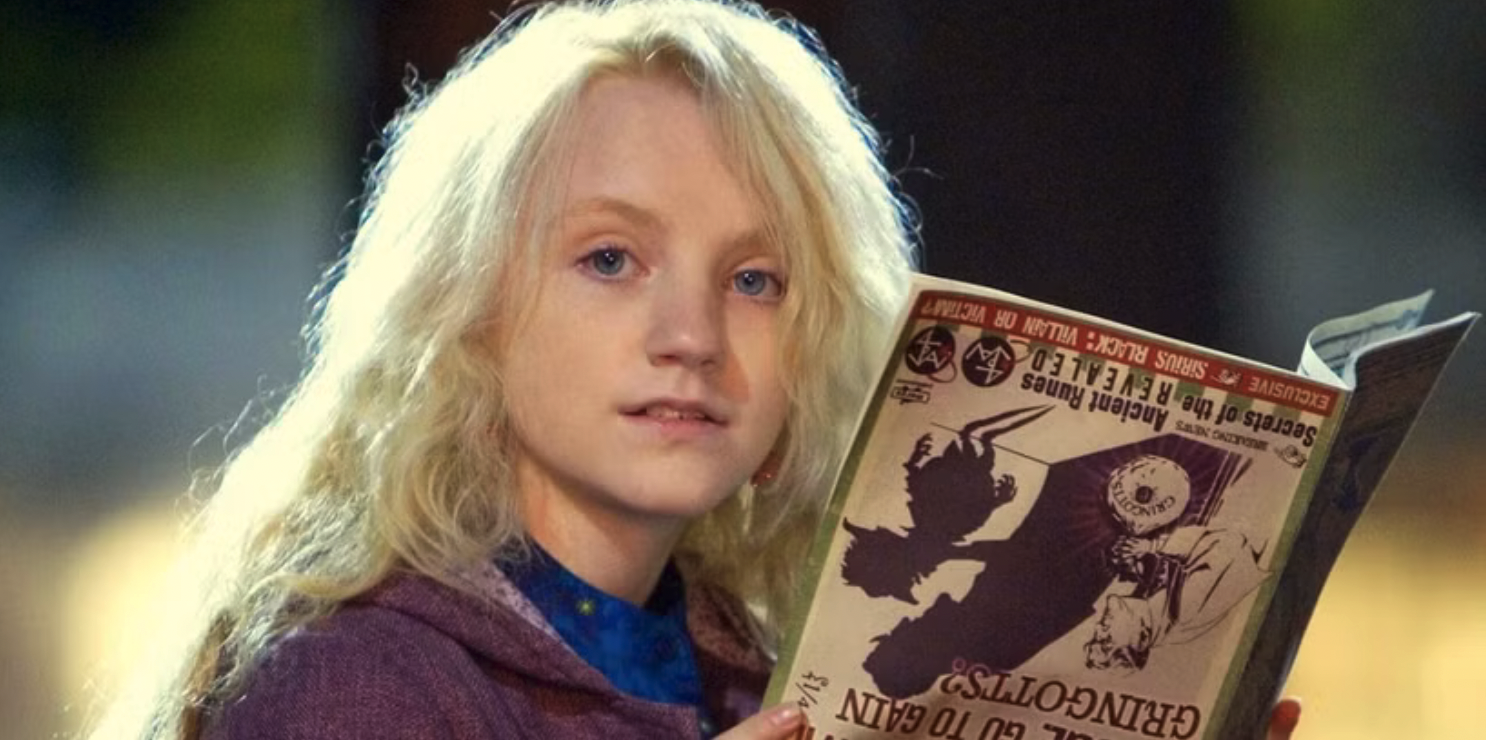
Let’s challenge this view with different secondary temperaments:
With House in 2, she would be about tradition, order, and stability—steady and reliable. Nope, that’s not Luna. She’s far too whimsical and unconventional to be grounded in rules or routine.
With Blade in 2, she would be driven by precision, control, and relentless focus—logical and strategic. That doesn’t fit Luna at all. She’s whimsical and free-spirited, not methodical or obsessed with mastery.
With Heart in 2, she’s all about connection, friendship, and compassion—warm, intuitive, and deeply empathetic. This fits Luna as her kindness and genuine care for others shine through in subtle, heartfelt ways. And combined with Sun, her empathy isn’t just softness—it’s imaginative and open minded, allowing her to see people in layers and connect on a deeper, almost magical level. Yes! That's the Luna we know.
Step 3: Combine Primary and Secondary Temperaments to Find the Archetype
☀️ Sun + ❤️ Heart = The Quirky Creative. Luna’s unique worldview blends freedom with emotional warmth, making her a delightfully unpredictable and heartfelt character.
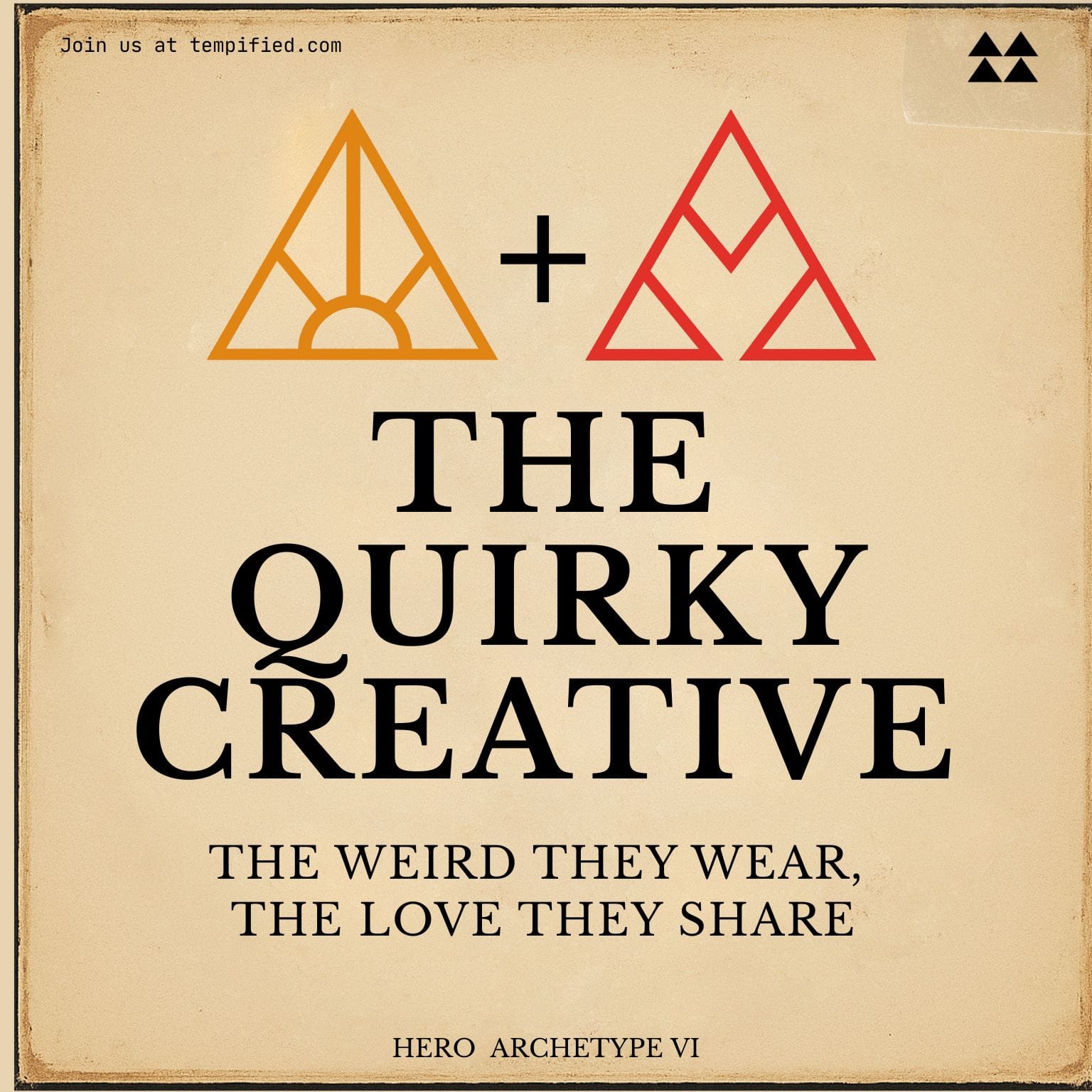
Aragorn?
Step 1: Identify the Primary Temperament
Aragorn is ambitious, disciplined, and driven by a strong sense of duty to reclaim his throne. His leadership and sword mastery? Classic ⚔️ Blade—no question.
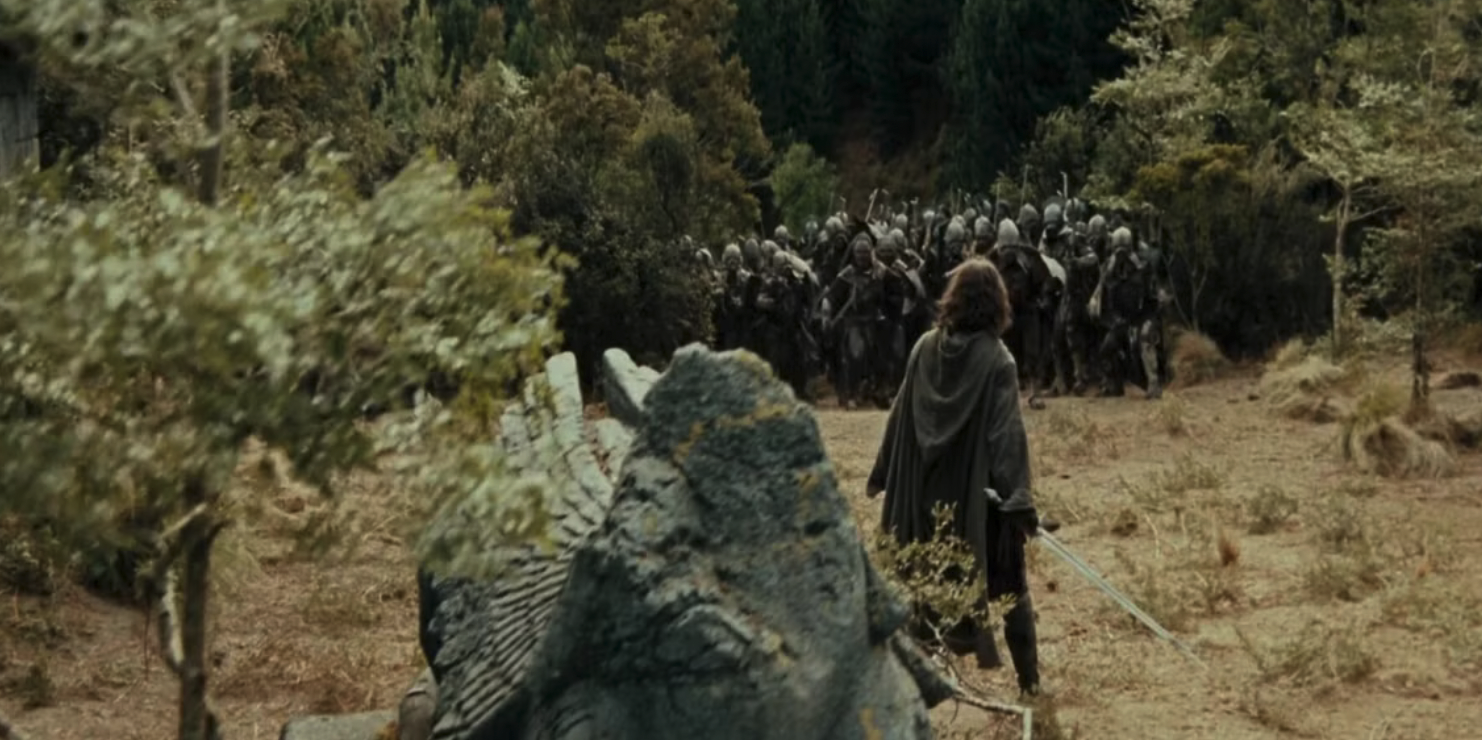
Step 2: Note the Subtle Qualities That Don’t Fit the Primary Temperament
He also has a deep, hidden need for love and connection, especially seen in his relationship with Arwen, revealing a secondary ❤️ Heart temperament.
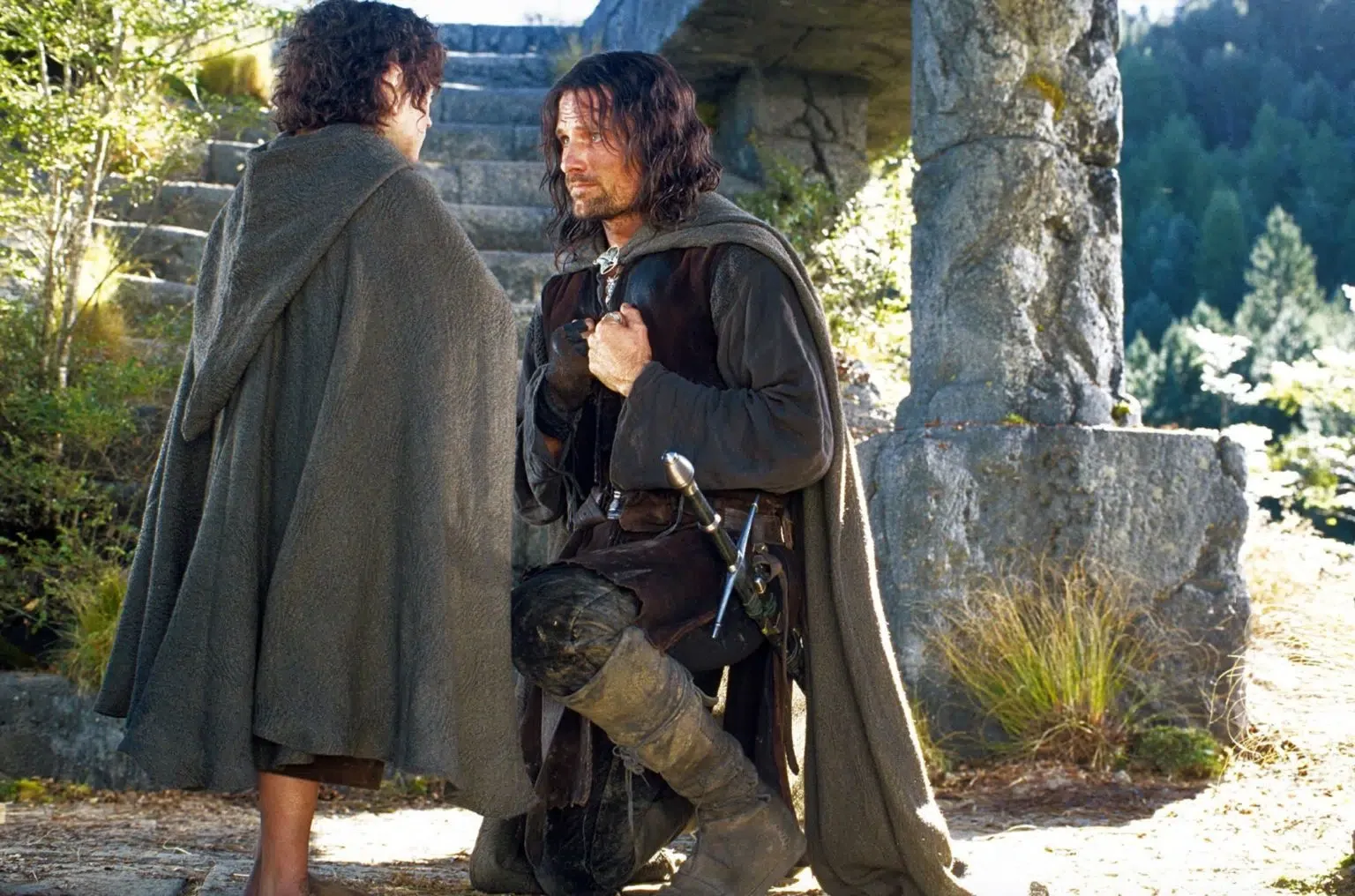
Let’s challenge this view with different secondary temperaments:
With House in 2, he will be more about duty, tradition, and control—steady but possibly rigid. Not really. Too cold. Not fitting Aragorn’s warmth and emotional depth.
With Sun in 2, he will be more about freedom, adventure, and challenging limits—restless but inspiring. Ok kind of for the adventure, but no, Aragorn is not challenging the order of things, he's restoring the Royalty of Gondor.
With Heart in 2, he will be about connection, friendship, and compassion—strong yet empathetic. Yes! That's him! Big heart, perfect blend for a King.
Step 3: Combine Primary and Secondary Temperaments to Find the Archetype
⚔️ Blade + ❤️ Heart = The Resilient Leader. Aragorn balances his relentless ambition with heartfelt care and compassion, making him a leader who fights not just for power but for the people and love he cherishes.
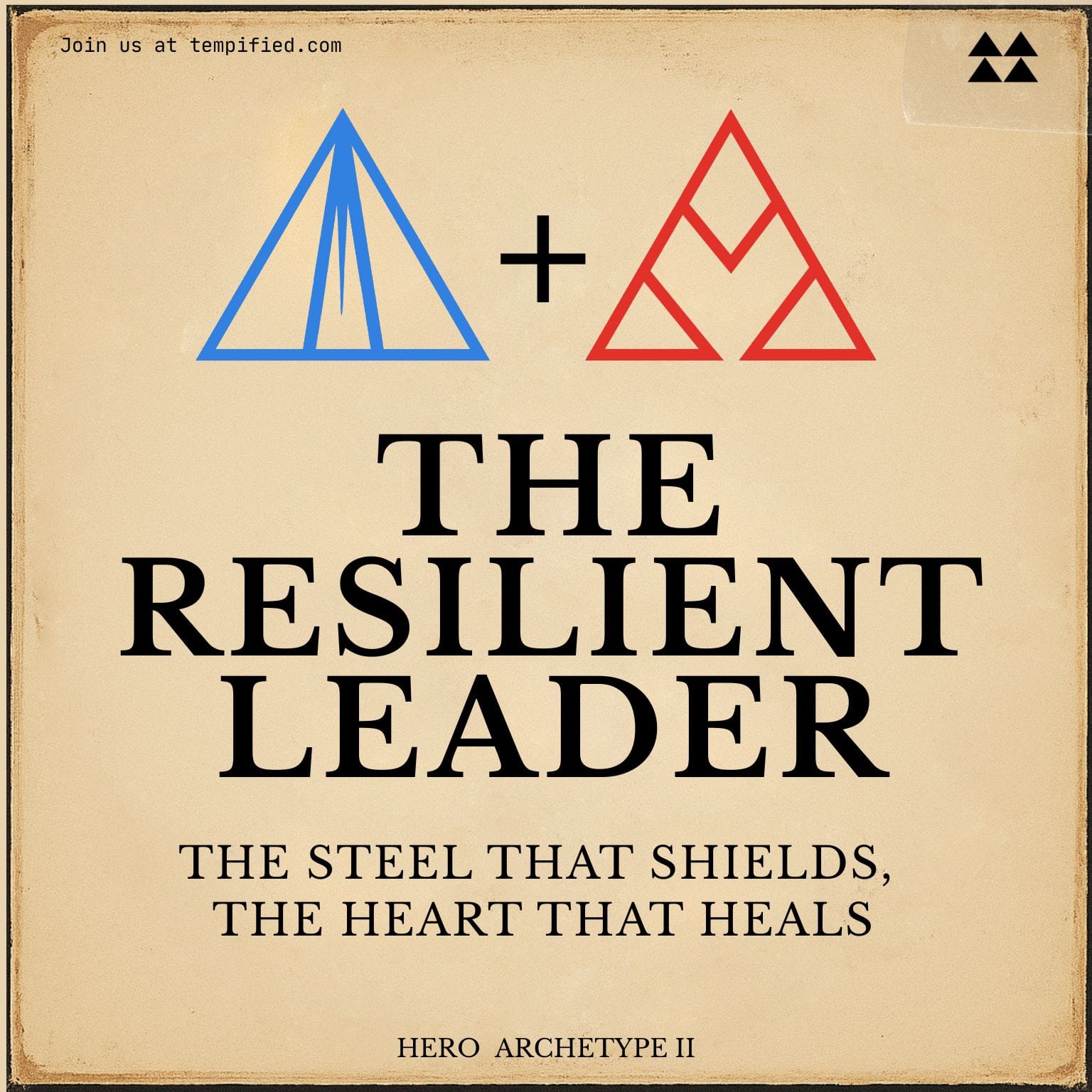
Unlock the Person.
By following these steps, you can decode a character’s Archetype and reveal their deeper motivations, making it easy to map them onto the Tempified system.
Spot the primary temperament through dominant traits, identify the secondary temperament through subtler qualities, and you’ll unlock their Archetype—hero or villain.
But here’s the real magic: once you find that Archetype, you gain access to their specific needs, emotional arcs, subjects of interest, typical actions, affinities and conflicts, and more. This means you’re not just naming a type—you’re unlocking a living, breathing identity with clear drives and narrative potential.
Each blend reveals a character that feels fully realized, unique, and compelling—ready to bring life to your story or analysis, in any medium, game or novel.
Now, let’s try this with the main characters of Sex and the City—each one a vibrant blend of temperaments, showing how archetypes come alive through contrast. We’ll map what they share, where they clash, and how Tempified turns those tensions into character gold.


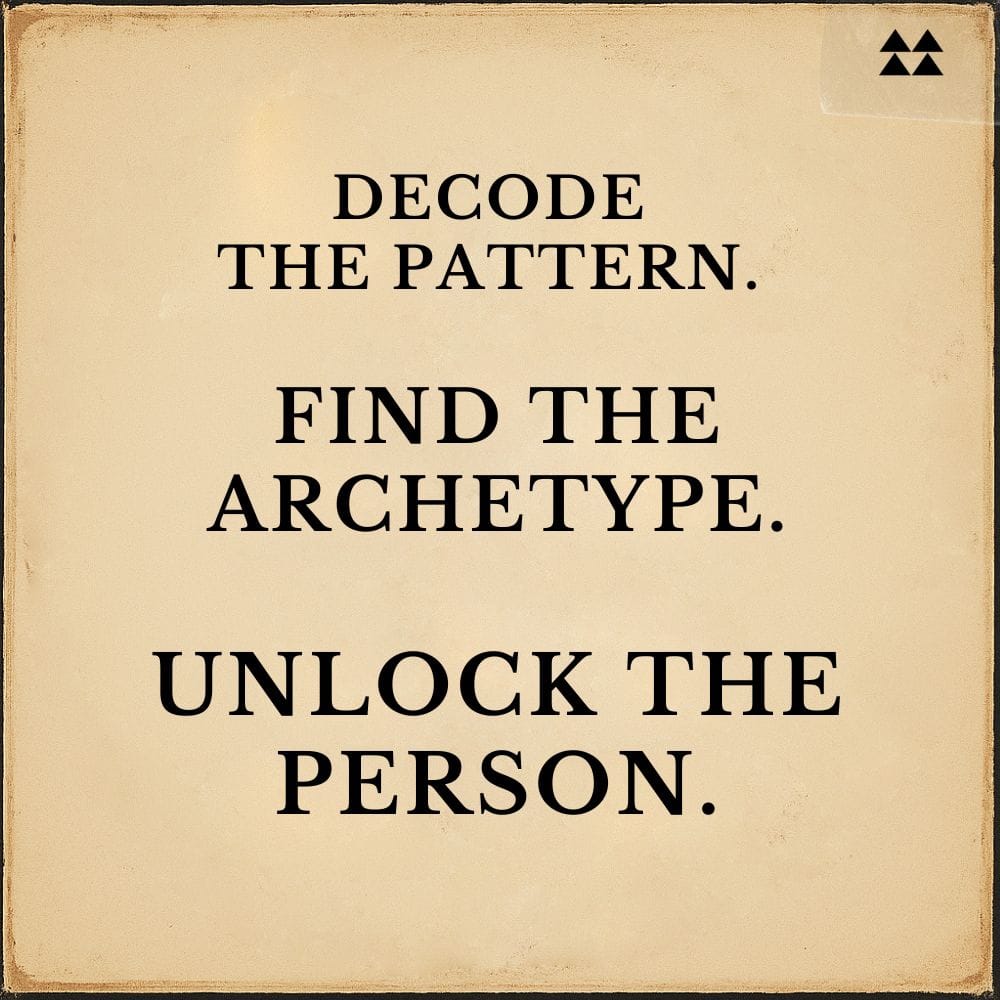

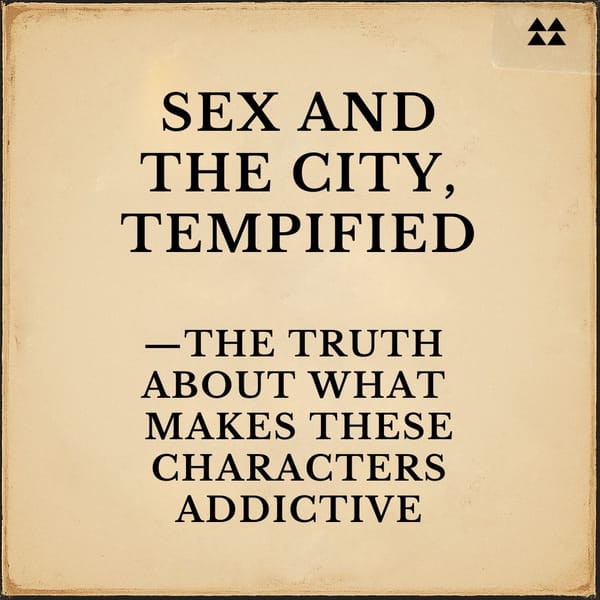
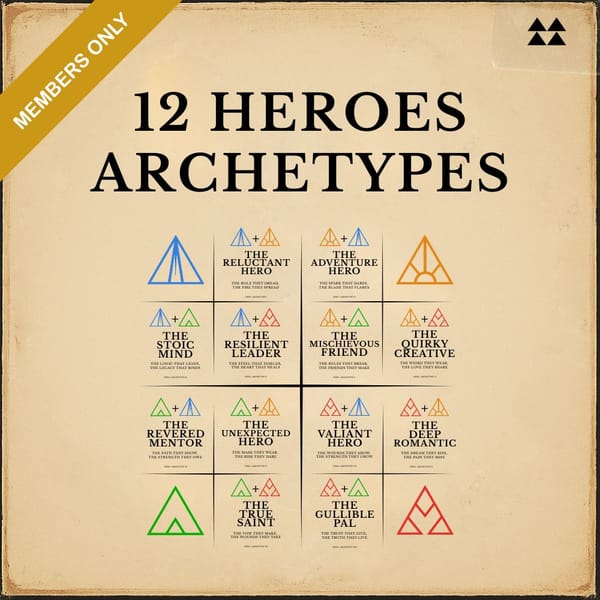

Member discussion